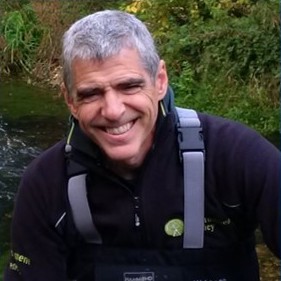Abstract:
Developing the first national monitoring network for groundwater ecology in England
Speaker: Tim Johns
Researcher
Environment Agency Red Kite House, Howbery Park, Wallingford. Oxfordshire, UK

To realise these ambitions Defra established the Natural Capital Ecosystem Assessment (NCEA) programme to collect long-term data on the extent, condition and change over time of England’s ecosystems and natural capital. The programme spans land and water environments, tasking England’s Environment Agency, and other regulatory bodies, to deliver this assessment. Objectives include a commitment to increase the spatial scale of data on species distributions and biodiversity and develop methods for assessing ecosystems and reporting status.
Prior to the NCEA programme, in the absence of direct legislative requirements, little regulatory attention was paid to groundwater ecosystems in England. The NCEA provides the opportunity to establish, for the first time, a network dedicated to groundwater ecology. Beginning with an initial pilot study, we are now developing a national monitoring programme, initially focused on stygofauna, which will later expand to include microbial communities and their functioning. The aim of the programme is to collect sufficient data to help us better assess and report on groundwater ecosystem health, ensuring the true value of nature is recognised in applying policy and decision making.
We based the design for our network on a hydrogeological unit approach. We adapted the typology developed for England and Wales by Weitowitz et al (2017), which uses aquifer hydrogeological and hydrochemical characteristics to identify 11 ‘geohabitats’, by recalculating this for England only. We then calculated a practical number of sampling points needed in each unit, weighted by the areal coverage of each geohabitat and a habitat quality score, based on key parameters (e.g. transmissivity). We selected sampling points (mainly boreholes/wells) from our national network of existing groundwater monitoring sites. Selected sites were less than 100m in depth, greater than 5cm in diameter, not pumped or used for supply.
The sampling campaign for this new network started in March 2024, concentrating in the south of England, with 55 sites sampled using a standard netting protocol and water quality samples collected. The network will increase in 2025 to 80 sites to cover the whole country. We have invested in training our staff in sampling and identifying stygobitic macroinvertebrates and later this year will have some initial data on species diversity and local abundances across different geohabitats. We are exploring using eDNA as we expand and build our network to incorporate microbial communities and integrate other data sources that will help us better understand, interpret, and report upon groundwater ecosystems.